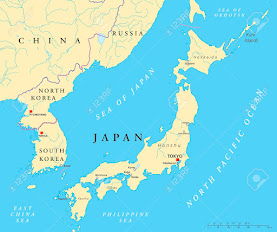North
Korea's cultural evolution after the war has been a distinctive and controlled
process, shaped by the government's policies and ideology. This article
explores the cultural aspect of North Korea's development since the war,
providing insights into its unique cultural identity.
Preservation of Tradition
In the
post-war period, North Korea placed significant emphasis on preserving its
traditional culture. Traditional Korean arts, such as dance, music, and
calligraphy, continued to be celebrated and taught. The regime upheld the use
of the Korean script (Hangul) as a symbol of national identity.
Cultural Festivals
Cultural
festivals became an integral part of North Korean life. These festivals
showcased traditional music, dance performances, and artistic displays. They
served as a means of reinforcing cultural values and bolstering national pride.
State-Approved Media
North
Korea's media landscape is tightly controlled by the state. Television, radio,
and publications are closely monitored to ensure they align with the regime's
ideology. Cultural content often serves as a means of promoting government
messages and ideology.
Education and Propaganda
The
education system in North Korea places a strong emphasis on the state's
ideology, known as Juche. Students are taught the importance of loyalty to the
regime and the nation. Cultural education plays a role in instilling these
values from a young age.
Cultural Symbols
The regime
promotes the veneration of certain cultural symbols and figures. Portraits and
statues of leaders, such as Kim Il-sung and Kim Jong-il, are displayed
prominently. These figures are depicted as cultural icons and sources of
inspiration.








0 Comentarios